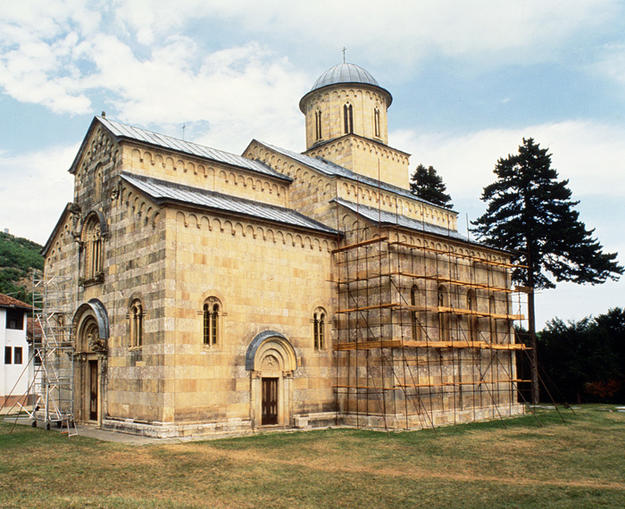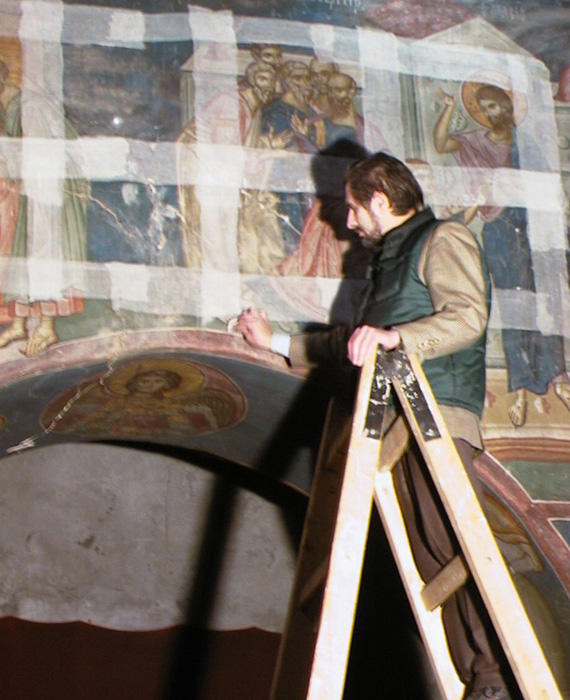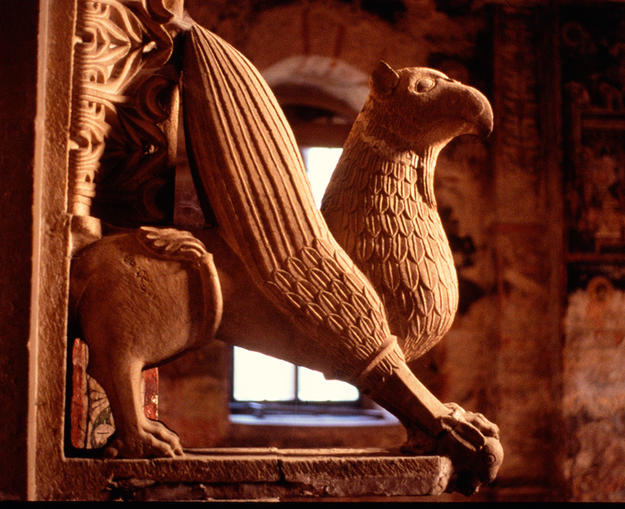Dečani and Peć Monasteries
2002 World Monuments Watch
Seat of the Serbian Orthodox Church during the Middle Ages, the Peć Monastery comprises four churches built from the early-thirteenth through the mid-fourteenth century, the largest being that of Holy Apostles. The monastery’s well-preserved frescoes are among the finest of the Medieval period. Seismic activity and rainwater runoff from the hills above the Peć Monastery have severely weakened the complex’s walls and living quarters, while heavy traffic from an adjacent commercial thoroughfare also threatens the medieval buildings. Commissioned by the Serbian king Stefan Dečanski, the Dečani Monastery possesses the richest collection of Orthodox imperial art from the late-Middle Ages and harbors the largest Serbian church of the medieval period. Dedicated to Christ Pantocrator, it was built by the king as his mausoleum. Although the exterior is Romanesque in form, within its interior is an impressive collection of Byzantine frescoes. Rising damp has affected the 3,000 square meters of frescoes at Dečani, while microbial and chemical decomposition have affected its marble surfaces and statuary. Intermittent conservation efforts at the Peć and Dečani began after World War II, continuing until 1998. However, both of these sites suffered as a result of NATO bombing during the 1998-1999 war in Kosovo. Yugoslavia’s continued economic and political crisis now pose the greatest threats to the sites. While a general restoration plan has been developed for Peć, which houses an active convent, Dečani Monastery has remained inaccessible to Serbian authorities, and the extent of war damage has yet to be determined.



